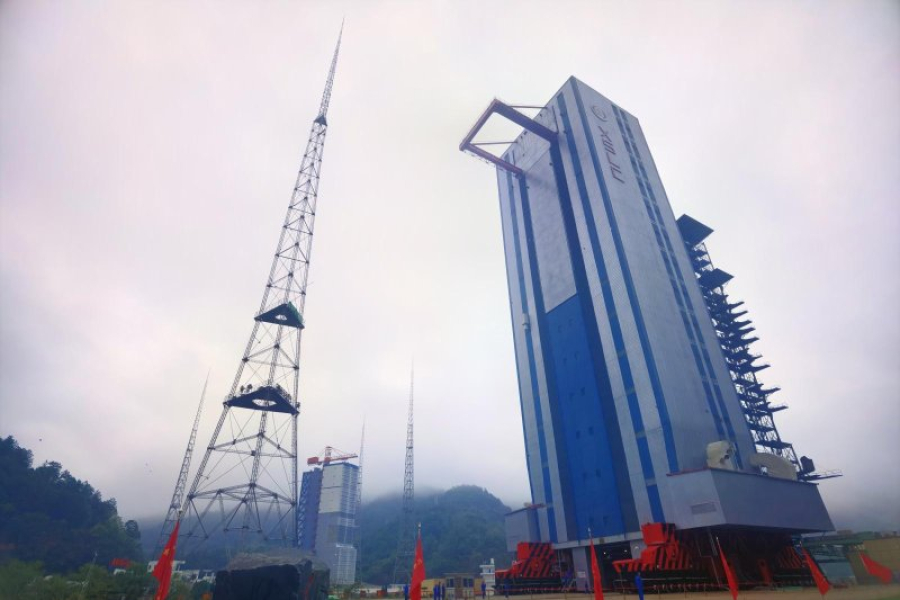
China launched its Tianwen-2 space mission on Wednesday, which aims to collect asteroid samples and study main-belt comets. The LongMarch 3B rocket blasted off from the Xichang Satellite Launch Center.
The Long March 3B Y110 rocket is heading to the near-Earth asteroid 469219 Kamo'oalewa. The journey to the asteroid is expected to take about a year.
Samples from the asteroid are expected to be returned to Earth by 2027, with the mission set to rendezvous with comet 311P/Panstarrs around 2035.
“All Chinese planetary scientists are now crossing their fingers in anticipation of this historic mission,” said Yuqi Qian, a lunar geologist at the University of Hong Kong.
China's spacecraft will attempt to collect rocky material from an asteroid by sending a capsule filled with space rocks back to Earth.
If the mission is successful, China will become the third country after the United States and Japan to return asteroid samples.
Scientists will be able to study asteroid samples in detail, determining their chemical and physical properties in a way that is impossible to achieve with remote sensing alone.
The asteroid Kamo'oalewa is a quasi-satellite of the Earth, several tens of meters in diameter, with very unusual orbital characteristics.
There is a possibility that it could be a piece of the Moon that was thrown into orbit by some large impact, such as a meteorite.
Study of samples from Kamo'oalewa could provide important information about the formation and evolution of the Earth-Moon system.
The deep space mission's onboard instrumentation includes an ejecta analyzer, a radar instrument, and a magnetometer that will be used to map the asteroid and comet's microenvironment.
These instruments can map magnetic fields, detect tiny dust particles, and analyze the composition of subsurface layers.
Tianwen-2 will orbit comet 311P/Panstarrs in the main asteroid belt between Mars and Jupiter to collect data that could help figure out where Earth's water came from.
This is China's second planetary exploration mission. In 2020, Tianwen-1 launched a Mars orbiter and rover.
Sourse: www.upi.com





